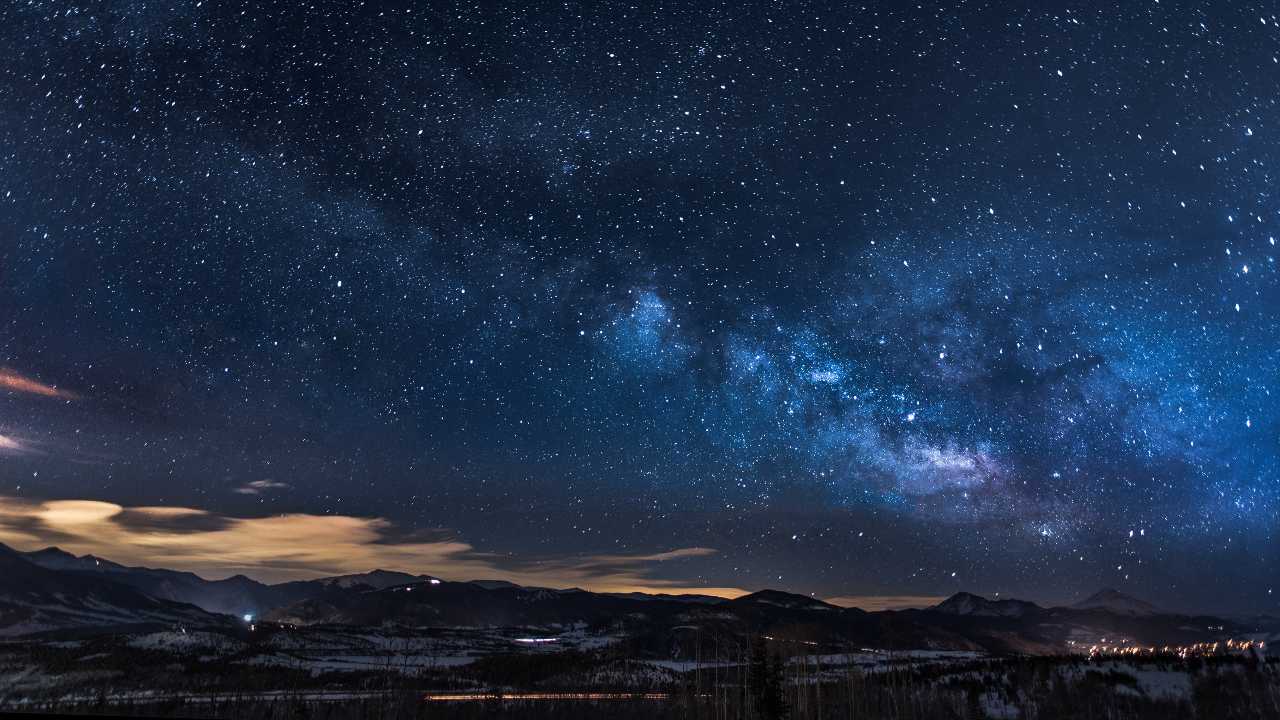FP TrendingSep 01, 2021 11:55:56 IST
In the month of September, stargazers are in for a treat. Several celestial phenomena are expected to take place in the coming days. From meteor showers to Neptune at opposition, space enthusiasts will be observing several such sky events in September 2021.

Starry night
Below is the list of celestial phenomena that are to come in the following month:
1 September (Aurigid Meteor Shower)
It is a constellation, where big bright stars are easy to spot in the sky. This Aurigid meteor shower is a minor one with its maximum rate (ZHR) being only about six meteors per hour. As the moon will be 26 percent illuminated that should not pose any hindrance to shooting stars.
3 September (Mercury at its Peak)
On this day, Mercury will reach its highest point in the sky during the evenings. According to the Space Tourism Guide, Mercury will be just 11° above the horizon after sunset.
9 September (Perseid Meteor Shower)
Usually, September is not known for its meteor showers. However, on the 9th of this month, you can spot ε-Perseids meteors in the sky. They appear to radiate the night sky, which is how meteor showers get their names.
9 September (Close Approach of Moon and Venus)
Venus will appear bright within 4°04′ of the crescent Moon on this day. It will be the best time to head out for viewing a close approach between the Moon and Venus.
10 September (Comet 4P/Faye at Perihelion)
Comet 4P/Face will reach its closest point to the sun on this day. To view it, the comet will be just 1.62 AU from the sun at around 2:00 am and 5:00 am local time.
11 September (Asteroid 2 Pallas at Opposition)
This asteroid will be easily seen in the sky. Moreover, it will be placed close to Neptune; it will be the best time to spot these two objects.
14 September (Neptune at Opposition)
On this day, ice giant Neptune will be at opposition making it a great time to spot the distant planet. According to Timeanddate.com, Neptune will be high in the southern sky.
16 September (Close approach of Moon and Saturn)
The celestial bodies of Saturn and the Moon will be roughly 3°45′ apart. If you have a telescope, that will be enough to capture it.
17 September (Close approach of Moon and Jupiter)
On this day, Jupiter and the moon will appear at their closest, which is just 3°57′ apart. While Saturn will be in the same general area of the sky that day.
22 September (September Equinox)
On this day, the season’s official change. Usually, the September Equinox which is called the “autumnal equinox” in the northern hemisphere and the “vernal equinox” in the southern hemisphere marks the point where earth experiences equal lengths of day and night.
Post a Comment